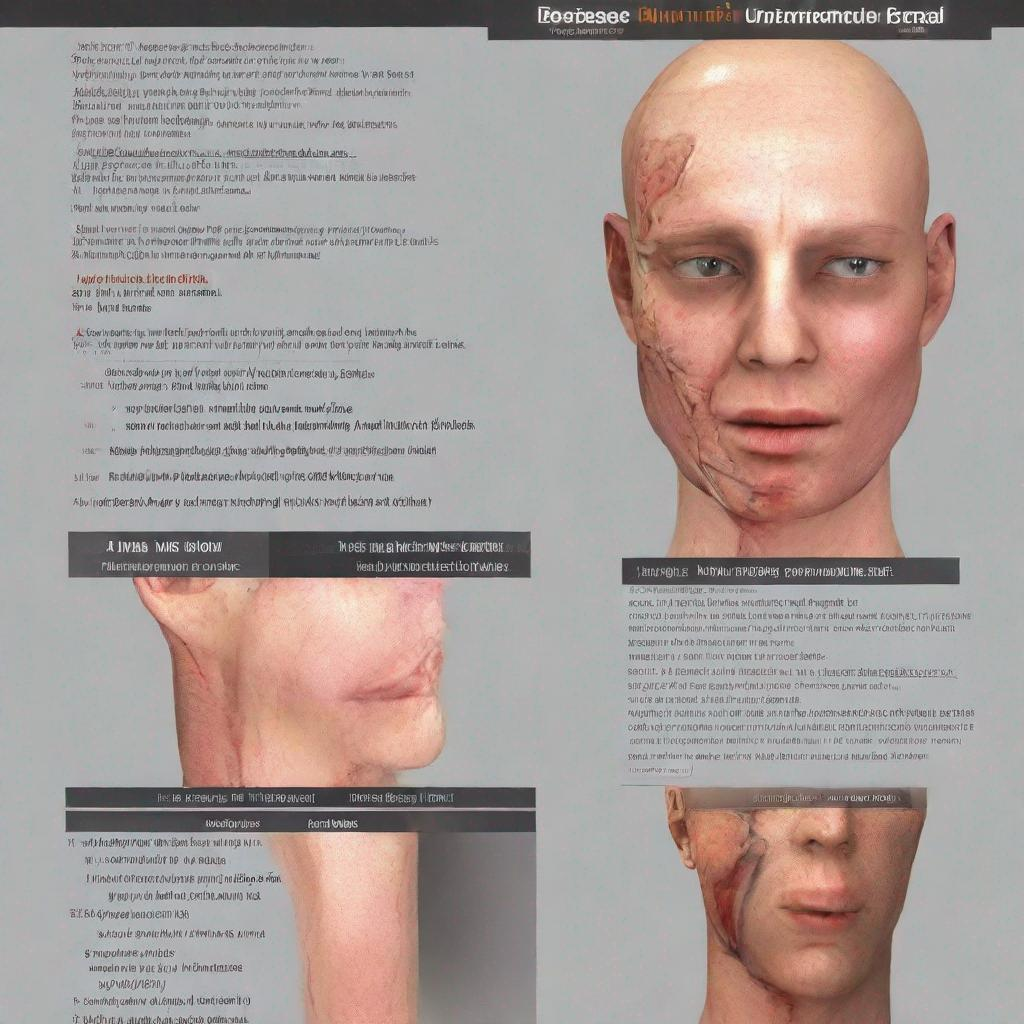## Ureteroscopy: A Comprehensive Guide
**Introduction**
Ureteroscopy is a medical test that allows doctors to examine the inside of the ureters, which are the tubes that carry urine from the kidneys to the bladder. It is used to diagnose and treat a variety of conditions that affect the ureters.
**Procedure**
Ureteroscopy is performed using a thin, flexible tube called a ureteroscope. The ureteroscope is inserted into the urethra (the opening at the end of the penis or vagina) and then guided up into the bladder and into the ureters.
There are two main types of ureteroscopes:
* **Flexible ureteroscope:** This type of ureteroscope is thin and flexible, allowing it to be easily maneuvered through the curves of the ureters.
* **Rigid ureteroscope:** This type of ureteroscope is thicker and less flexible, but it provides a better view of the ureters.
The type of ureteroscope used will depend on the specific condition being diagnosed or treated.
**Diagnosis**
Ureteroscopy can be used to diagnose a variety of conditions that affect the ureters, including:
* **Ureteral stones:** Stones that form in the ureters can cause pain, urinary frequency, and urgency.
* **Ureteral strictures:** Narrowing of the ureters can cause urine to back up into the kidneys, leading to pain and infection.
* **Ureteropelvic junction obstruction:** A blockage at the junction of the ureter and the pelvis of the kidney can cause urine to back up into the kidney, leading to pain and infection.
* **Ureteral tumors:** Tumors in the ureters can cause pain, urinary frequency, and urgency.
* **Ureteral bleeding:** Bleeding from the ureters can be a sign of a tumor or other condition.
* **Ureteral diverticulum:** A pouch in the wall of the ureter can trap urine, leading to infection or stone formation.
* **Ureteral fistula:** An abnormal connection between the ureter and the vagina or other organs can cause urine to leak into the vagina or other organs.
**Importance**
Ureteroscopy is an important test because it allows doctors to visualize the inside of the ureters and identify any abnormalities. This information can help doctors to diagnose a variety of conditions and recommend the appropriate treatment.
**Alternatives**
There are a number of alternative tests that can be used to diagnose conditions of the ureters, including:
* **Abdominal X-ray:** This test can show stones or other abnormalities in the ureters.
* **CT scan:** This test can provide more detailed images of the ureters than an abdominal X-ray.
* **MRI scan:** This test can provide even more detailed images of the ureters than a CT scan.
**Preparation**
Before undergoing ureteroscopy, patients will be asked to:
* Fast for 8 hours before the test.
* Drink plenty of fluids before the test.
* Take antibiotics to prevent infection.
* Avoid taking blood thinners or anti-inflammatory medications for several days before the test.
**Duration**
Ureteroscopy typically takes 30 to 60 minutes to perform. Patients may experience some discomfort during the procedure, but this can be managed with medication.
**Recommendations**
After undergoing ureteroscopy, patients may be recommended to:
* Rest for 24 hours.
* Drink plenty of fluids.
* Take pain medication as needed.
* Follow up with their doctor for a follow-up examination.
**Other Relevant Tests**
In addition to ureteroscopy, patients may also be recommended to have other tests to diagnose or treat conditions of the ureters, including:
* **Cystoscopy:** This test allows doctors to visualize the inside of the bladder.
* **Retrograde pyelography:** This test involves injecting dye into the ureters and then taking X-rays to visualize the dye as it flows through the ureters.
* **Antegrade pyelography:** This test involves injecting dye into the ureters through a small incision in the back.


